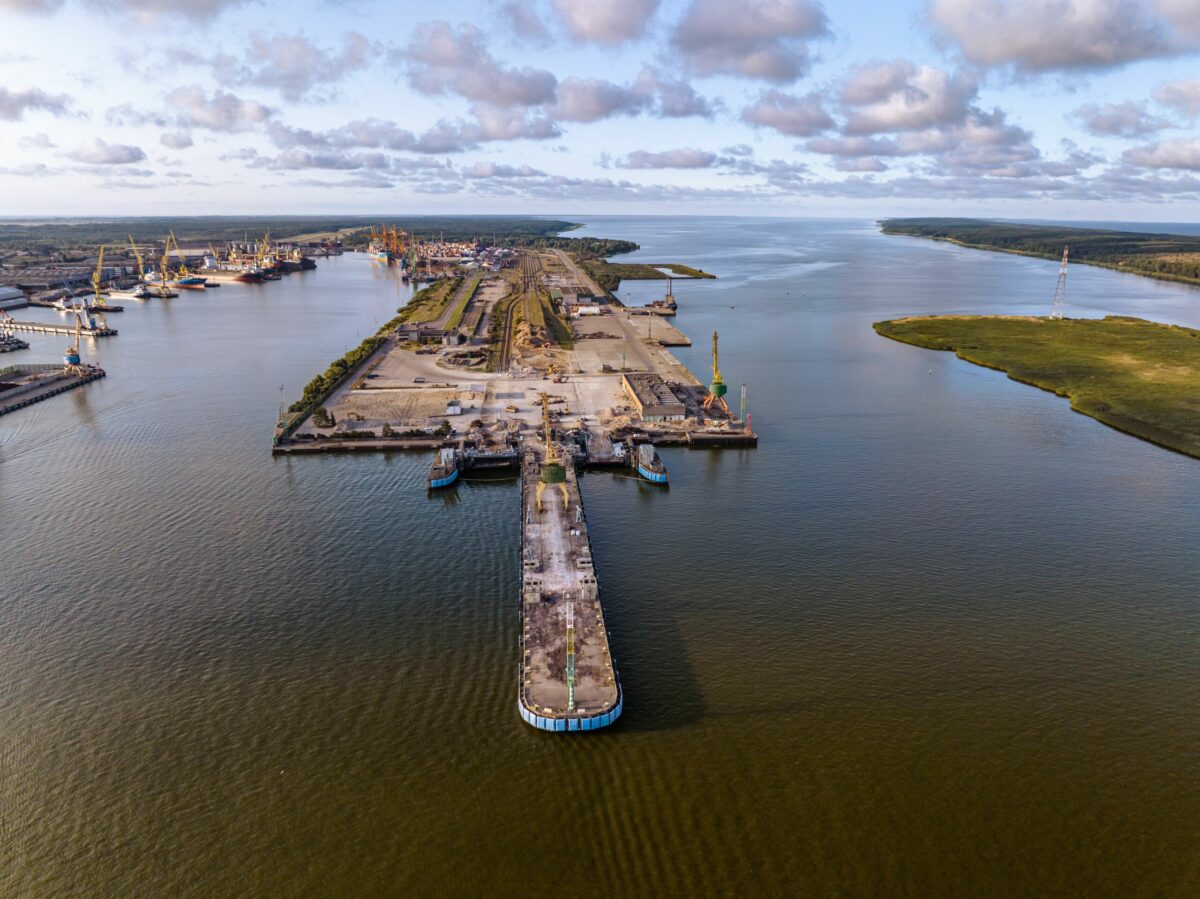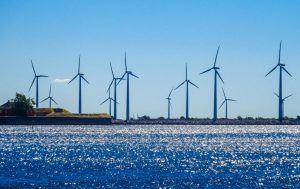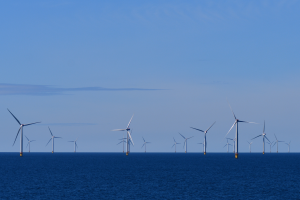As Lithuania prepares to build its first wind farm in the Baltic Sea, the Port of Klaipėda is actively preparing to be a key platform for the wind turbine manufacturing industry and a base for their maintenance. Preparatory work is already underway in the southern part of the Port of Klaipėda, at the former International Ferry Port.
The former International Ferry Port is undergoing a major transformation, with buildings being demolished in preparation for a new phase of operations. The Ferry Port, which was opened in 1986, is no longer used as a ferry terminal as of 2017.
“Everything has a beginning and an end. No matter how long-lasting and important the goals are, time, circumstances, conditions - whether they are achieved or not - at some point they become useless and it is time to pursue new ones. One of the best examples of this is the Smeltė peninsula in the port of Klaipėda. History aside, the ro-ro ferries to Germany, Denmark and Sweden have found a new home in another terminal more suited to such more modern needs, and this one, named the International Ferry Port, is undergoing a major transformation in both appearance and function”, says Algis Latakas, Director General of Klaipėda State Seaport Authority.
According to Mr Latakas, the Smeltė Peninsula is becoming a platform for offshore wind turbines in the Baltic Sea region.
“This is dictated by the times and the need of the day. First and foremost, the need for offshore wind farms in Lithuania and the role of the port in the country's energy independence. I hope that many of the residents of Klaipėda and the country will find an excellent professional future in the new jobs created," says Mr Latakas.
Klaipėda State Seaport Authority and Klaipėda Stevedoring Company (Klasco) have signed an investment agreement to develop the port's infrastructure required for the planned development of offshore wind farms.
On the Smeltė peninsula, the quays will be reconstructed to accommodate the loading and assembly of wind turbines. An area of about 20 ha will be adapted for this activity. Investments in the infrastructure of the Smelte Peninsula could amount to more than EUR 30 million.
Klasco, for its part, is committed to installing the appropriate superstructure and acquiring special handling equipment. Vitalijus Muštuk, the company's CEO, was pleased that the Port of Klaipėda is able to adapt to the dynamic geopolitical situation of today and to take important decisions in time for the long-term future. The Smeltė Peninsula project is a prime example of this.
“As early as December 2022, the Port of Klaipėda was not even on the map of the offshore wind industry, today Klasco is already a member of Wind Europe, an association of more than 500 organisations from 35 different countries around the world working in this sector. We are talked about and interested in by world-class wind industry giants who are among the Top 10 in the sector. Manufacturers of turbines, park developers, special equipment rental companies and other industry players have all visited the terminal on several occasions and are keeping a close eye on our progress,” said Mr. Mushtuk, the CEO of Klasco.
According to Mr. Mushtuk, not only Klasco as a terminal, but also the whole port of Klaipėda has excellent opportunities to become the centre of offshore wind in the Baltic Sea, which is particularly favoured by our strategically favourable geographic location. Not only the planned Lithuanian offshore wind park, but also the offshore wind clusters of Poland, Latvia, Estonia, Sweden and, under certain circumstances, Denmark, can be accessed from the Port of Klaipėda.
The offshore wind industry opens up additional opportunities for the port, such as offshore fleet service bases/centres, which create additional jobs requiring highly skilled professionals, and create value for shipbuilding and repair companies, the hospitality and service sectors. Educational institutions can update their curricula to include additional specialisations related to offshore wind.
By 2030, Lithuania plans to develop two offshore wind farms in the Baltic Sea with a combined capacity of 1,4 GW, which will supply half of Lithuania’s current electricity consumption.
Photo by Andrius Pelakauskas






